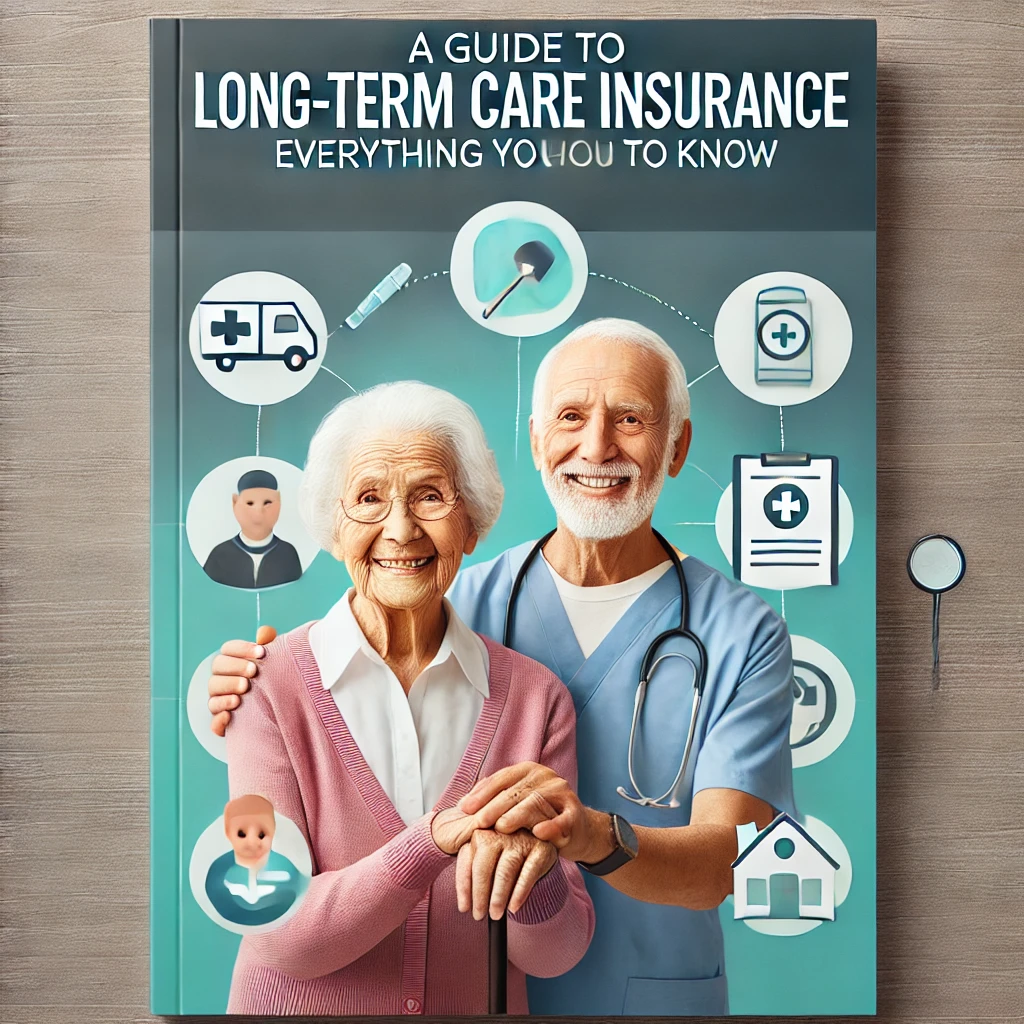
What is a Buyer’s Guide in Life Insurance?
Life insurance is one of the most important financial tools you can invest in to secure your family’s future. However, with so many policies, providers, and terms to consider, choosing the right plan can feel overwhelming. This is where a buyer’s guide in life insurance comes into play. It’s a comprehensive resource designed to help you make informed decisions about purchasing life insurance. In this article, we’ll break down everything you need to know about a buyer’s guide, its importance, and how to use it effectively.
What is a Buyer’s Guide in Life Insurance?
A buyer’s guide in life insurance is a document or resource provided by insurance companies or regulatory bodies to help potential policyholders understand the basics of life insurance. It simplifies complex insurance jargon, explains different types of policies, and offers tips on how to choose the right coverage for your needs.
Think of it as a roadmap that guides you through the entire process of buying life insurance, from understanding the basics to making the final decision. It’s especially helpful for first-time buyers who may not be familiar with how life insurance works.
Why is a Buyer’s Guide Important?
Here are some key reasons why a buyer’s guide is essential:
- Simplifies Complex Information: Life insurance involves technical terms and concepts. A buyer’s guide breaks these down into easy-to-understand language.
- Helps Compare Policies: It provides a framework to compare different types of policies, such as term life, whole life, and universal life insurance.
- Avoids Costly Mistakes: By educating you about the nuances of life insurance, it helps you avoid purchasing inadequate or unnecessary coverage.
- Empowers Decision-Making: With clear information, you can make confident decisions tailored to your financial goals and family’s needs.
How to Use a Buyer’s Guide in Life Insurance
Using a buyer’s guide effectively involves a step-by-step approach. Here’s how you can make the most of it:
1. Understand Your Needs
- Assess your financial obligations, such as loans, mortgages, or children’s education.
- Determine how much coverage your family would need in your absence.
2. Learn About Policy Types
- Term Life Insurance: Provides coverage for a specific period (e.g., 10, 20, or 30 years).
- Whole Life Insurance: Offers lifelong coverage with a savings component.
- Universal Life Insurance: Combines lifelong coverage with flexible premiums and savings.
3. Compare Premiums and Benefits
- Use the guide to compare premiums, payouts, and additional benefits like riders (e.g., critical illness or accidental death benefits).
4. Check the Insurer’s Reputation
- Look for customer reviews, claim settlement ratios, and financial stability of the insurance provider.
5. Consult an Expert
- If you’re still unsure, use the guide to prepare questions for an insurance agent or financial advisor.
Important Documents You’ll Need
When purchasing life insurance, you’ll need to provide certain documents. A buyer’s guide often lists these to help you prepare in advance:
- Identity Proof: Aadhar card, PAN card, or passport.
- Address Proof: Utility bills, rental agreement, or driving license.
- Income Proof: Salary slips, IT returns, or bank statements.
- Medical Records: Depending on the policy, you may need to undergo a medical exam.
Having these documents ready can speed up the application process and ensure a hassle-free experience.
Eligibility Criteria for Life Insurance
Before you start shopping for a policy, it’s important to understand the eligibility criteria. A buyer’s guide typically outlines the following:
- Age: Most policies are available to individuals between 18 and 65 years old.
- Health: Your medical history and current health condition may affect your eligibility and premiums.
- Occupation: High-risk professions may require specialized policies.
- Income: Some policies have minimum income requirements to ensure you can afford the premiums.
Tips for Choosing the Right Life Insurance Policy
Here are some practical tips to keep in mind while using a buyer’s guide:
- Start Early: The younger you are, the lower your premiums will be.
- Don’t Overbuy: Choose a coverage amount that aligns with your financial goals.
- Read the Fine Print: Understand exclusions, waiting periods, and surrender values.
- Review Regularly: Update your policy as your life circumstances change (e.g., marriage, childbirth, or career growth).
Common Mistakes to Avoid
A buyer’s guide also highlights common pitfalls to watch out for:
- Underinsuring: Choosing a low coverage amount to save on premiums can leave your family financially vulnerable.
- Ignoring Riders: Additional benefits like critical illness riders can provide extra protection.
- Not Disclosing Medical History: Hiding health issues can lead to claim rejections later.
- Focusing Only on Price: The cheapest policy may not always offer the best value.
Final Thoughts
A buyer’s guide in life insurance is an invaluable tool for anyone looking to purchase a policy. It not only educates you about the basics but also empowers you to make informed decisions that align with your financial goals. By following the steps outlined in the guide, you can avoid common mistakes, choose the right coverage, and ensure peace of mind for yourself and your loved ones.
Remember, life insurance is a long-term commitment, so take your time, do your research, and consult experts if needed. With the right guidance, you can secure a brighter future for your family.
By following this structured approach, you’ll be well-equipped to navigate the world of life insurance and make the best choice for your needs.
